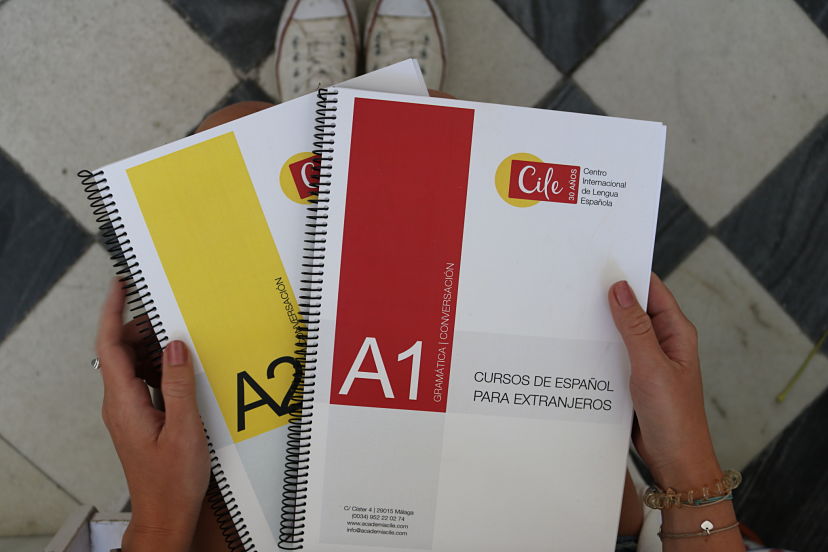
The differences between the Latinamerican Spanish and the Castilian Spanish
Posted on 12 July, 2019 in English

The differences between the Latinamerican Spanish and the Castilian Spanish
Spanish is spoken in over 21 countries on 5 continents (North-America, South-America, Europe, Asia and Africa). This led to numerous variations within the language as Spanish developed a bit differently on each continent. Latinamerica is the largest continent on which Spanish is spoken and Spain of course is the country where Spanish originates from. Even though Spanish developed differently, Latinamericans and Spaniards can communicate without problems. Some of the main differences are listed below.
Ustedes/Vosotros
A major difference between Latinamerica and Spain is the use of “Ustedes” in Latinamerica. In Latin-America you will hardly find anyone that uses “Vosotros”. Any group of people normally will be addressed with “Ustedes”. In Spain “Ustedes” (you, plural form) is only used in a formal situation, while “Vosotros” is the way to address a group of people.


Voseo/Tuteo
In Argentina and some regions of Uruguay the “Vos” is used instead of the “Tu”. To complicate things further. The vos is formed differently.
Tu eres Vos sos
Tu escribes Vos escribís
Tu entiendes Vos entendés
Tu puedes Vos podés
Hazlo! Hacelo!
Dime! Decime!
Tiempos
The majority of the people that live in Latinamerica only use the indefinido, even when the rule states that they should be using the preterito perfecto
e.g. Spain: Hoy he ido al supermercado
e.g. Latinamerica: Hoy fui al supermercado.
Seseo and Ceceo
In Spain the C (that comes before an i or an e) and the Z are pronounced like the th /θ/ sound in English. In Latinamerica the C and the Z are mostly pronounced like the letter S. The Latinamerican phenomena is linguistically called seseo. The pronunciation form in Spain is called ceceo.

Words
Depending on the country different words are used to describe the same thing. Here is a small list with some examples.
Word | Spain | Latinamerica |
bus | el autobús | el camión (Mex.),el bondi (Arg.),el colectivo (LatAm.),la guagua (Islas Can.) |
car | el coche | el auto (LatAm.) |
girl | la chica | la mina (slang Arg.) |
boy | el chico | el pibe (slang Arg.) |
computer | el ordenador | la computadora (LatAm.) |
mobile phone | el móvil | el celular (LatAm.) |
(to) take | coger | tomar (LatAm.) |
(to) drink | beber | tomar (LatAm.) |
very | muy | re (slang Arg.) |
avocado | el aguacate | la palta (LatAm.) |
banana | el plátano | la banana (LatAm.) |
strawberry | la fresa | la frutilla (Arg.) |
peach | el melocotón | el durazno (LatAm.) |
juice | el zumo | el jugo (LatAm.) |
pen | el bolígrafo | la lapicera (LatAm.) |
money | el dinero | la plata (LatAm.) |
glasses | las gafas | los anteojos (Arg.)los lentes (LatAm.) |




